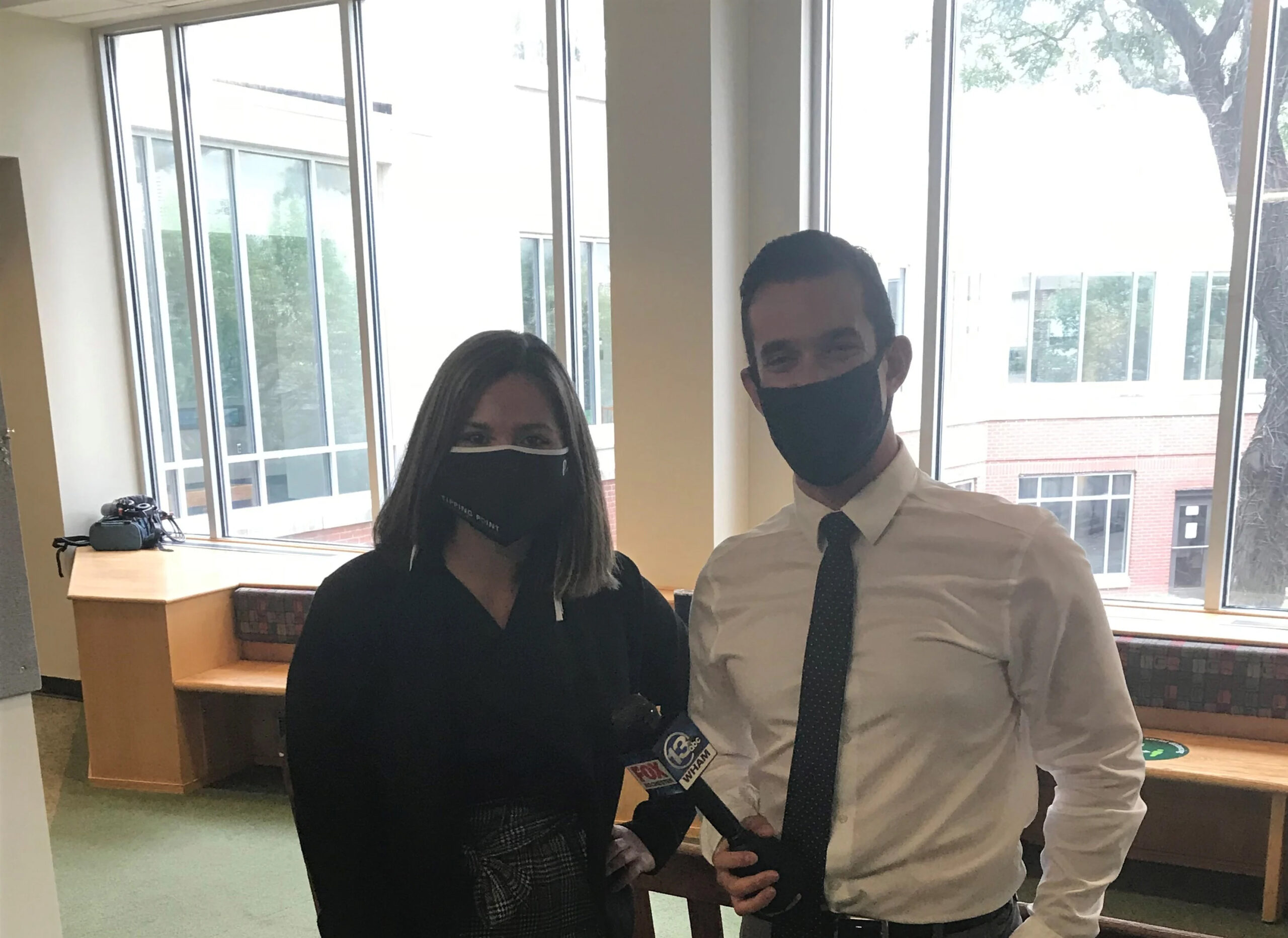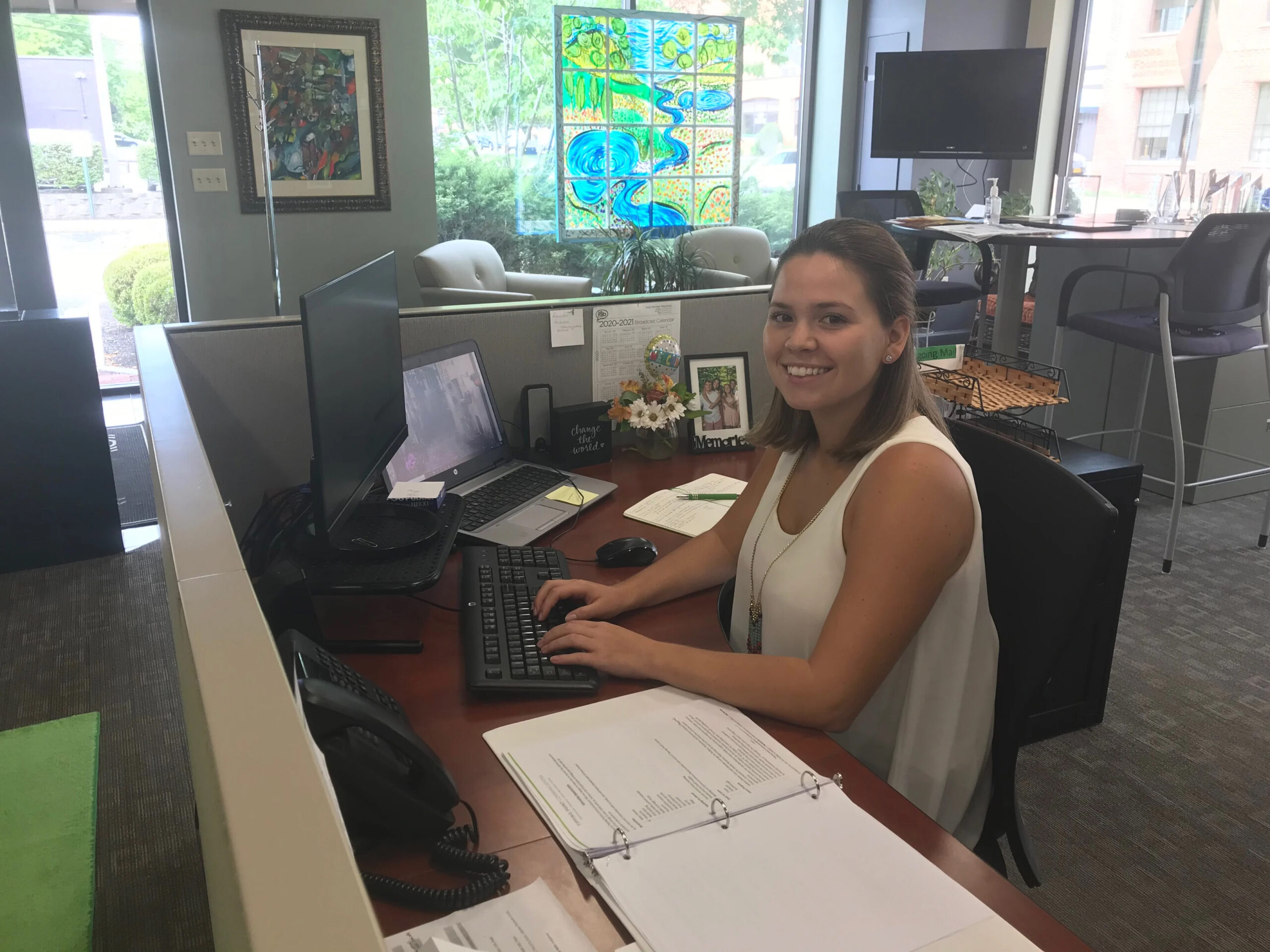As an agency with a focus on marketing destinations and attractions, one of the biggest events we look forward to each year is the International Association of Amusement Parks and Attractions’ (IAAPA) annual expo in Orlando, Florida.
With more than 90 education sessions and dozens of networking opportunities, IAAPA Expo 2019 was an incredible learning experience, inspiring me to share my thoughts and insights with our team of marketing professionals and others.
Here are some of my key takeaways:
- Take a holistic approach to crisis planning.
When it comes to public relations campaigns, some tourist attractions break up their strategy into silos: public affairs, media relations, crisis communications, and the like. They should consider taking a more holistic approach instead, especially when it comes to crisis communications planning. Build relationships with elected officials, regulators, government agency representatives and other officials BEFORE a crisis hits (which we know it will, inevitably). This way, as a tourist attraction, you’ll have well-established relationships with key public officials and/or influencers when issues arise, such as proposed regulations or legislation, executive malfeasance, incidents/accidents, or other issues or crises. - Increase your revenue by capitalizing on seasonal events.
Holidays—even the most obscure of them—present a great opportunity to get creative with events that will not only help you boost your revenue during slower seasons, but increase your audience/foot traffic, as well. Take for example the significant rise in haunted houses and other Halloween-related activities at many tourist attractions, including zoos. Halloween can extend your brand to include teens, college students and twentysomethings — audiences that you may have only limited interaction with during the rest of the season. - Adopt video (if you haven’t already).
By now, one thing is clear: when it comes to marketing, video content is king. If your organization isn’t already incorporating video into its content marketing plan, now is the time. Crafting regular, “snackable”-sized video content for YouTube, which can be repurposed on your social channels, is a great way to engage further with your audiences and build a loyal following. Consistency is key, however. Triple Play Family Fun Park provides a great example for video content marketing through its YouTube channel, where the park’s videos can garner more than 9,000 views. - Develop an overall content strategy.
The days of publishing one blog post every few weeks, or sporadically posting to your social pages, are over. In our 24/7 world, people are consuming content constantly, and it’s no longer enough to push out content just when it’s convenient. If you’re using content marketing to promote your brand (which you should be), then you need a content strategy. A content strategy will help your brand create meaningful, cohesive, engaging and sustainable content that attracts your target customers by sending them the right content, at the right time —whether it be a compelling story related to your brand, or an exciting event, giveaway or promotion. In short, having a content strategy will help you promote your attraction year-round, and is a vital tool for generating awareness and helping ticket sales. And content isn’t just a great way to attract and retain customers, it’s also a great way to attract and retain employees, which is critically important for tourist attractions. - Don’t be afraid to tap into artificial intelligence.
More and more tourist attraction marketers are using AI to analyze customer data and behavior, not only to inform marketing strategy, but to create a better customer experience. Analyzing customer data can help marketers better predict busy and slow times of the year or season, which can inform things like when and where to increase marketing efforts to boost foot traffic; when to increase or decrease ticket prices; and how to better meet the needs of customers during busy times (such as figuring out a way to decrease wait times). This data can even be used to inform something as simple as what your cafeteria hours should be! Ultimately, tapping into artificial intelligence to better understand your customers’ behavior will allow you to create a better overall customer experience that will, in turn, boost your brand.
Hopefully, these tips will help you and your tourist attraction get ready for an even bigger season ahead. To share your attraction’s tips or best practices, contact Megan at megan@tippingpointcomm.com.
Looking for more ways to boost your tourist attraction’s marketing efforts? Contact us: info@tippingpointcomm.com.
